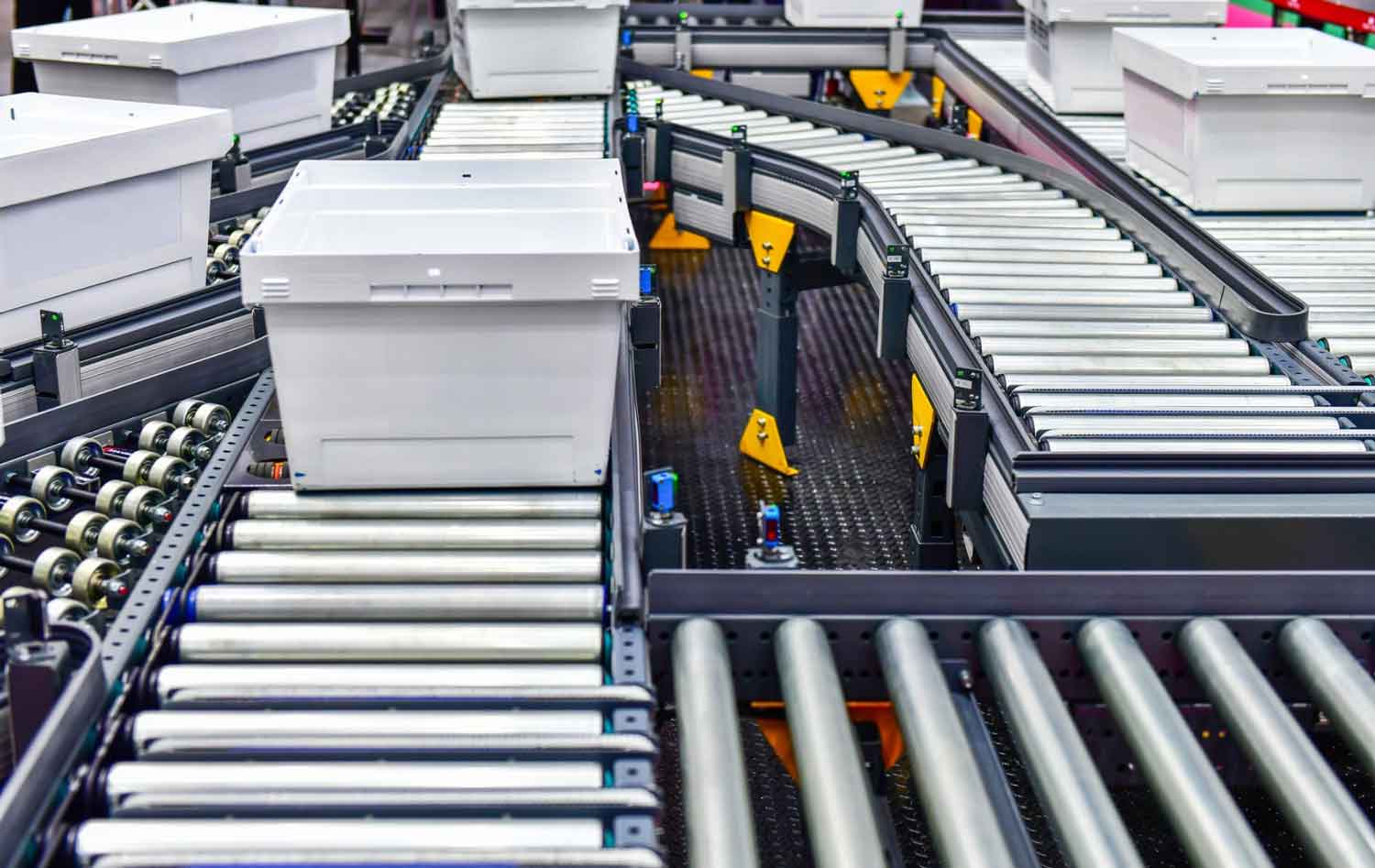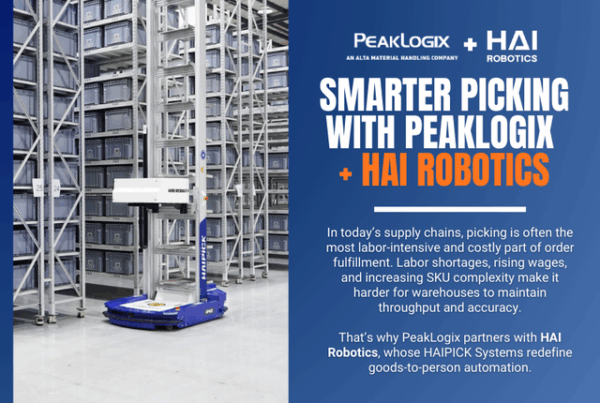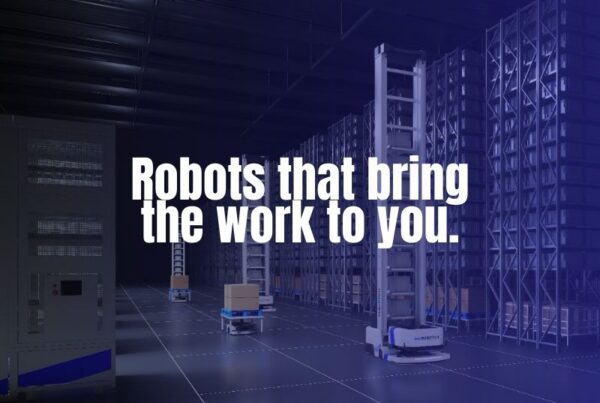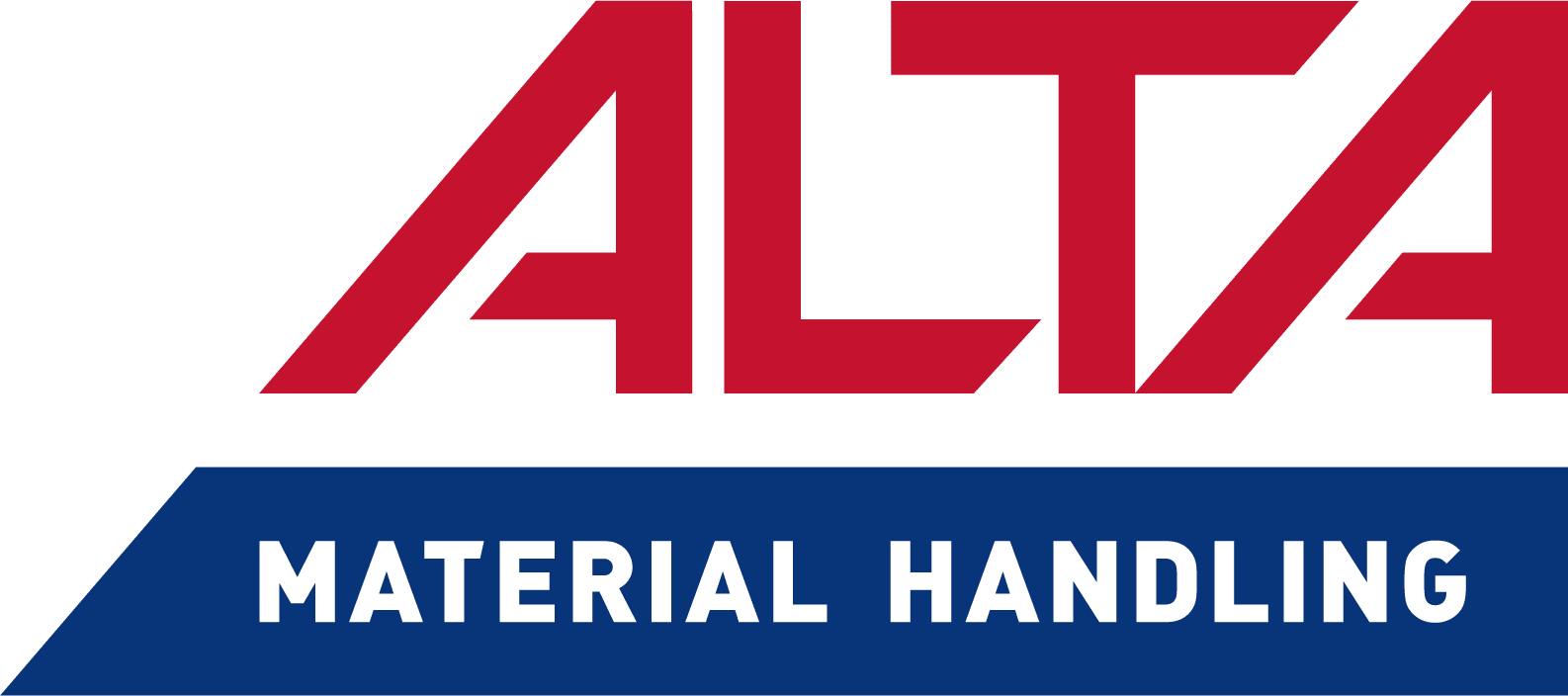Streamlining Operations with Sorter Conveyors: A Guide for Growing Businesses
As businesses grow, operational challenges increase. One of the most critical hurdles faced by directors of operations and warehouse managers is managing the rising complexity of shipments. Ensuring the right items are dispatched to the right locations, on time, becomes harder as order volumes soar. Sorter conveyors are a pivotal solution, automating the sorting process and enabling businesses to meet the demands of growth efficiently.
This article explores the different types of sorter conveyors, their applications, and the benefits they bring to growing businesses.
Understanding Sorter Conveyors
Sorter conveyors are automated systems designed to move and direct items to their destinations. They come in various configurations, each tailored to specific operational needs and item types. By automating what was once a manual and error-prone process, sorter conveyors play a vital role in improving efficiency, accuracy, and throughput.
Common Types of Sorter Conveyors and Their Handling Capacities
1. Tilt-Tray Sorters
- Mechanism: Items are placed on trays that tilt to slide items off at their correct destination.
- Applications: High-speed distribution of parcels, mail, or lightweight goods.
- Handling Capacity: 5,000 to 40,000 pieces per hour (PPH).
- Ideal For: Large-scale operations such as e-commerce fulfillment centers and parcel hubs.
2. Cross-Belt Sorters
- Mechanism: Small conveyor belts mounted on carts redirect items to their destinations.
- Applications: Sorting smaller items like apparel, electronics, and packages.
- Handling Capacity: 10,000 to 50,000 PPH.
- Ideal For: High-precision industries requiring rapid sorting.
3. Pusher Sorters
- Mechanism: Arms or pushers divert items off the main conveyor belt into designated bins.
- Applications: Low to medium-speed sorting for heavier or bulkier items.
- Handling Capacity: 500 to 6,000 PPH.
- Ideal For: Smaller operations or facilities dealing with oversized goods.
4. Sliding Shoe Sorters
- Mechanism: Sliding shoes on the conveyor surface gently guide items off the main track.
- Applications: High-speed sorting of delicate items such as parcels or fragile goods.
- Handling Capacity: 7,000 to 30,000 PPH.
- Ideal For: Parcel distribution and retail supply chains.
5. Pop-Up Wheel Sorters
- Mechanism: Embedded wheels pop up to redirect items.
- Applications: Sorting in e-commerce, smaller distribution centers and manufacturing.
- Handling Capacity: 2,000 to 8,000 PPH.
- Ideal For: Moderate-speed operations with uniform packages.
6. Bucket or Pocket Sorters
- Mechanism: Items are placed in pockets or buckets that move to their destinations.
- Applications: Sorting loose or delicate items like jewelry or cosmetics.
- Handling Capacity: 1,000 to 12,000 PPH.
- Ideal For: Specialized use cases requiring careful handling.
Choosing the Right Sorter Conveyor
Selecting the right sorter conveyor depends on various factors.
One of the first considerations in designing your next facility or upgrade is the throughput. Consider peak demand, seasonality, and growth projections. For instance, a facility that anticipates rapid growth might opt for a system with scalability. PeakLogix professionals can help balance throughput plans with budget constraints to ensure an optimal solution.
The next key point for a conveyor and sortation system design are the item characteristics of what will be conveyed. Heavy or oversized goods require robust solutions like pusher sorters, while delicate items are better suited for sliding shoe or bucket sorters. PeakLogix engineers can help select the optimum mechanisms to ensure the system is tailored to the facility’s needs.
In a warehouse design, there are almost always Space Constraints. Facilities with limited space may benefit from compact systems like pop-up wheel sorters. PeakLogix engineers are experts at optimizing cubic, vertical, and floor space while balancing long-term ownership requirements such as ease of maintenance as well as a smooth flow of packages.
The application of the sorting mechanism needs to be kept in mind as well. Each sorter is designed for specific use cases. For instance, tilt-tray and cross-belt sorters excel in high-volume e-commerce fulfillment.
Common Applications of Sorter Conveyors
Sorter conveyors are used in industries that prioritize speed and accuracy, including:
- E-Commerce Fulfillment Centers:
- Sorting items for shipment based on destination or customer order.
- Managing diverse product sizes with high throughput.
- Parcel and Postal Distribution:
- Sorting mail and parcels by ZIP codes or delivery zones.
- Meeting strict courier delivery timelines.
- Retail Distribution:
- Allocating goods to stores based on demand and inventory levels.
- Streamlining the distribution of apparel, footwear, and more.
- Warehouse and Distribution Centers:
- Sorting stock-keeping units (SKUs) for order picking and packing.
- Consolidating customer orders for faster processing.
- Cross Dock Facilities
- By their nature, these facilities are uniquely suited for sorting conveyors, leveraging specialized systems to ensure efficient and streamlined material flow.
- Airport Baggage Handling:
- Sorting luggage by flight number or destination.
- Food and Beverage Processing:
- Sorting packaged goods by size or weight for packaging or shipping.
In warehouses, distribution centers and e-commerce settings, sorters are typically applied:
- Post-Packing: Quickly sending packages to loading bays, commonly part of an “end-of-line automation system”. Follow this link to more detailed information specific to end-of-line automation.
- Pre-Packing: Moving items from storage to packing stations.
Benefits of Sorter Conveyors
Sorter conveyors provide numerous benefits, including increased efficiency, improved accuracy, space optimization, scalability, enhanced inventory management, and higher throughput. By automating material handling, sorter conveyors reduce reliance on manual labor, accelerating order processing and fulfillment. They enhance precision in sorting and order picking, reduce costly shipping errors, chargebacks and, in the case for 3PLs, can reduce penalties for not meeting SLAs. The compact designs of the right sorter conveyor design help maximize the use of available warehouse space, while their adaptable systems support growth in order volumes and inventory. With real-time tracking and automation, inventory accuracy is significantly improved. Furthermore, sorter conveyors are capable of processing large volumes of goods quickly, accommodating peak demand and ensuring efficient operations.
Measuring ROI
Investing in sorter conveyor systems often results in a quick payback period, with businesses typically recovering costs within 1-3 years through efficiency gains. Cost savings are achieved through increased throughput, reduced labor and operational expenses, while operational flexibility allows systems to adapt to varying product types and order volumes. Additionally, data-driven insights provide valuable analytics for continuous improvement. The team of engineering and business experts at PeakLogix can assist with ROI calculations, leveraging their extensive daily experience in optimizing system performance and ensuring maximum return on investment.
Safety and Compliance
Automated systems contribute to workplace safety by minimizing manual handling and lowering the risk of injuries. With automated handling, employees will not have to lift or carry heavy weights and also reduces the risk of trip-and-fall accidents. Risks of physical problems such as lower back pain, back injuries, and fatigue, are also minimized. They also promote ergonomic handling of goods and help comply with safety standards, reducing liability risks.
Automated systems such as conveyors and sorters also reduce forklift traffic. Reducing forklift traffic improves safety and compliance in a warehouse by minimizing the risks associated with forklift operations. Forklifts are heavy machinery that can lead to accidents, including collisions, tipping, or hitting workers. By reducing the need for forklifts, automated systems lower the risk of human error, decrease congestion in high-traffic areas, and reduce potential injury incidents. This not only enhances overall safety for warehouse employees but also ensures compliance with safety regulations, leading to a safer working environment with fewer liability concerns.
Conclusion
As businesses scale, investing in sorter conveyors becomes essential for meeting operational demands. Whether it’s managing increased order volumes, ensuring on-time deliveries, or optimizing warehouse space, sorter conveyors offer a reliable and scalable solution.
Partnering with PeakLogix ensures tailored conveyance and sortation systems that integrate seamlessly with existing infrastructure. Combining top-tier industry selections for conveyor hardware and electronics with American-made PickPro Warehouse Control Software (WCS-WMS), which connects the hardware and electronics in a conveyor system for seamless operation, PeakLogix delivers turnkey solutions for maximum efficiency, accuracy, and ROI.
PickPro WCS also features a Warehouse Management System (WMS) component to manage inventory and connects the automated warehouse to other business intelligence software, ERP, and ordering software—positioning PeakLogix as a comprehensive partner from concept through design, installation, and ongoing maintenance.
Interested in learning more about what kind of conveyor and sortation designs are best for your operation?
Contact us today for a discovery call, and let’s discuss how we can help you scale your business.





